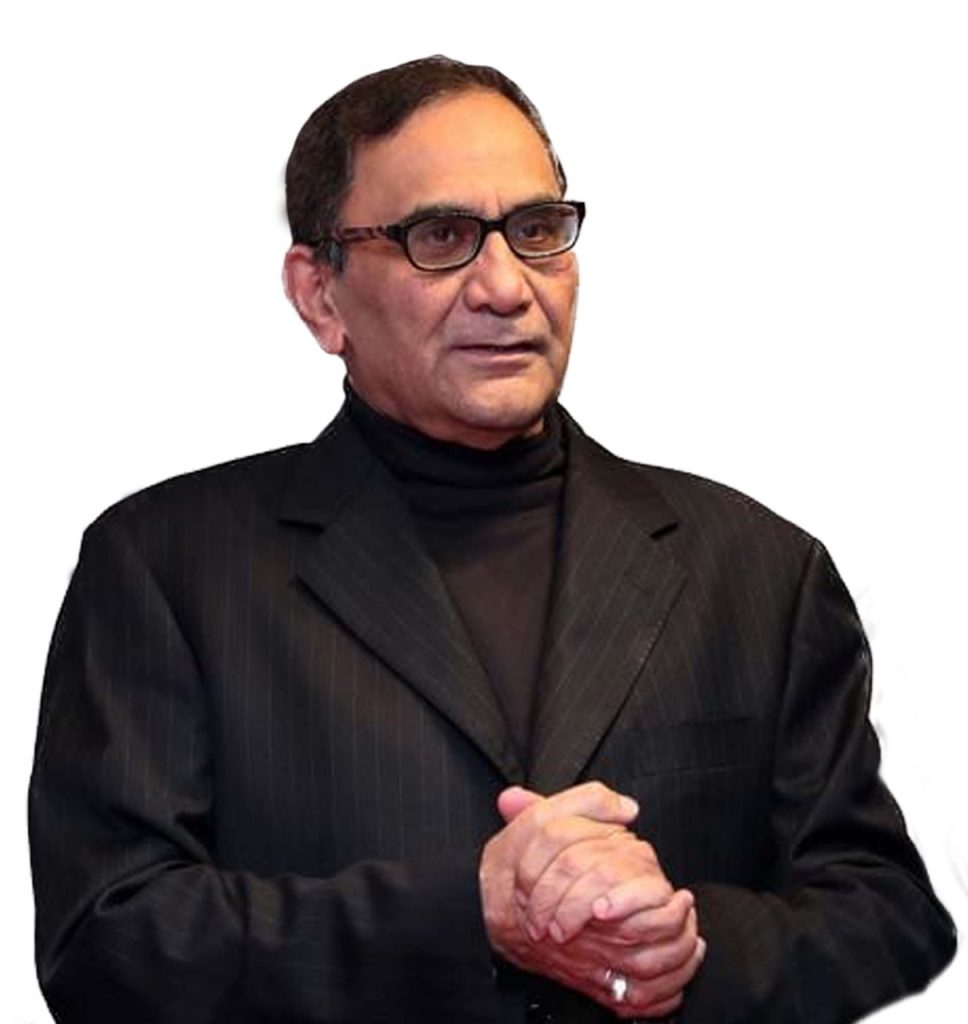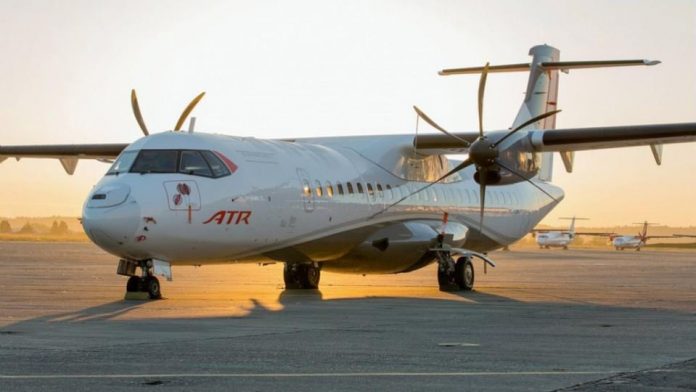
It would be inaccurate to read Union Aviation Minister Jyotiraditya Scindia’s statement of intent on airlines investing in widebodies in isolation. While it makes sense to encourage A to B long distance routes and give the burgeoning numbers of Indian travellers more global options, the core of the aviation sector’s comeback equally depends on the domestic sector’s expansion. India’s potential 8% increase in traffic calls for a doubling of the fleet in five to seven years as more of the middle and even lower middle class opt for flights over the bus and train. Add to that the huge 34 million strong Indian diaspora and that at one flight a year per person becomes that many seats from that many embarkation points.
Scindia shared his view connectivity to Europe, North America, Canada, Mexico, South America and parts of Central Asia can only work through the hub-and-spoke model. This makes sense. “Therefore, the creation of a hub in India is extremely important. Increasing long-haul flights means we have to get more wide-bodied aircraft,” he noted.
The hub and spoke concept is not new but with the industry being badly bruised and a large number of flights cancelled the hub and spoke is a bit mangled at the moment.
Let us examine the field of play.
At present, there are 387 commercial aircraft and 153 of the 487 airstrips are for scheduled flights. With clearances for the setting up of 21 greenfield airports across the country of which six have been constructed and are operational, the ever increasing circles of positivity for the townships in the vicinity airport construction is logically being given priority.
Under the 100-day scheme, the airports are set to come up in Keshod (Gujarat), Deogarh (Jharkhand), Gondia (Maharashtra), Sindhudurg (Maharashtra), and Kushinagar (Uttar Pradesh), while heliports will be made operational in Sanjoli (Shimla), Sase (Manali), Mandi, Baddi (Himachal Pradesh), Haldwani, Almora (Uttarakhand).
With 400 aircraft on order, things will look up. However, the forward movement has to be in tandem. The need for simultaneous strengthening of high frequency lower capacity flights is imperative. There is no point or prestige in flying a Triple 777 or a Dreamliner on a Mumbai- Ahmedabad route. India needs single aisle six abreast seating aircraft that take you faster from one airport to another and come as close to a shuttle service as possible.
The number of very comfortable single aisle 130 to 170 seater planes available on the market besides the 320 and 737 families are plentiful. From Bombardier’s Dash 8-Q series and the CRJ to the Embraer 145 and the ATR 42/72 including the Sukhoi 100 and the Airbus 220, India could be making some very telling choices.
At present the only airlines flying twin aisle widebodies are Air India and Vistara. The others are all linked to single aisle transportation. With its varied terrain often difficult to traverse on surface, the presence of turboprops is the best way to open up the path to remote places especially in hilly territory. That brings people who live there into the national fold in minutes when it often takes half a day.
Today you can do Jammu to Srinagar a distance of 77 miles in half an hour as compared to six hours of twisting roads. A 55-minute flight from Imphal to Gauwahati ends the painful 12-hour road journey.
On the other hand, we have the famous Pune-Mumbai run in a 737, a distance of 125 kilometres that the flight has to cover 211 clicks to vector into a landing position.
To go back in time India used to run hopper flights in an ATR over Agartala-Khowai: 42 kms, Khowai-Kamalpur: 23 kms, Kamalpur-Kailashahr: 28 kms and today a chopper service like Pawan Hans should be revitalized and made robust to open up the interior. Something like the Eurocopter 175 can hold sixteen passengers as does the yet to be released the Bell Relentless. There is little doubt that helicopters will spearhead the first major surge in urban air mobility before sci fi takes over.
Smaller aircraft also have a second role and that is fresh cargo. Since the demand for home delivery in even smaller towns has increased exponentially for even fresh foods, their delivery cannot be done by road. We have seen how Covid has, in two years, totally reworked priorities. Again, it is your single aisle fleet that will deliver the bacon.
Similarly, it has to be acknowledged that turboprops are not a retrograde step nor are they unsafe. On the contrary, simply five minutes more can get you taken on the one-hour routes with as much comfort as a jet with limited seating and quicker departure and arrival procedures. Never discount the props. Unfortunately, there exists this mental block and poor publicity by manufacturers of how valid their aircraft are has given the public a perception that turboprops are old hat. With lower maintenance costs and overheads, the profits are so much more.
More efficient & more cost-effective for short distances, according to Pilot Mall, this short assessment says it all. A turboprop engine is more lightweight than a jet, giving it better performance during take-off. It runs more efficiently while providing a higher power output per unit of weight than a jet, able to take off and land on shorter and non-concrete runways. If your travel plans include destinations with shorter, less highly improved runways, a turboprop has a clear advantage over a jet. Turboprops can land on runways as short as 3,200 feet compared to an average jet minimum of 5,000 feet. Turboprops can also handle the grass airfields that jets must avoid. This means that with a turboprop, you can get into some of the most hard-to-reach airports.
Lower charter, insurance, operation and maintenance costs, the overall cost of a turboprop is lower than a jet both for chartering and for owning and MRO services. Since turboprops burn less fuel per hour than jets, their hourly operation cost is lower.
If there is true intent to hasten the speed of Indian travel per se, then the need for a support network of choppers that cover the 25 to 50 mile radius of travel from city centres to and from airports and the countryside into the city will become tomorrow’s metros and it will work.
In his remarks to the Public Affairs Forum of India recently, Union Aviation Minister Jyotiraditya Scindia also spoke of the change in the mind-set of the average Indian. No longer is flying elitist and surface transportation is not the only option available. People want to fly.
It is a question of time and convenience. It is projected that in ten years there will be 1 billion fliers, most of that will be in Asia, and by that, we mean China and India. Indian prosperity has filtered numerically into the lower levels of the financial totem pole. A generation ago an individual who believed flying was out of his reach now saves a day by taking a low cost no frill flight.





